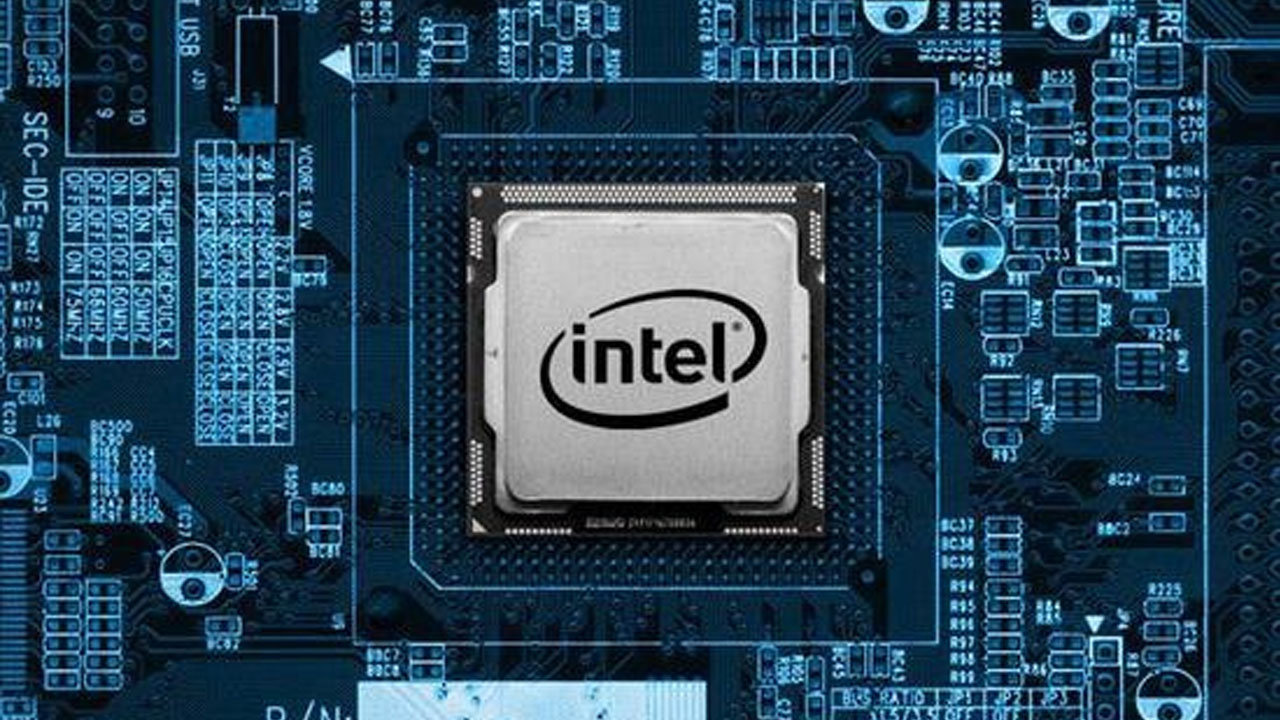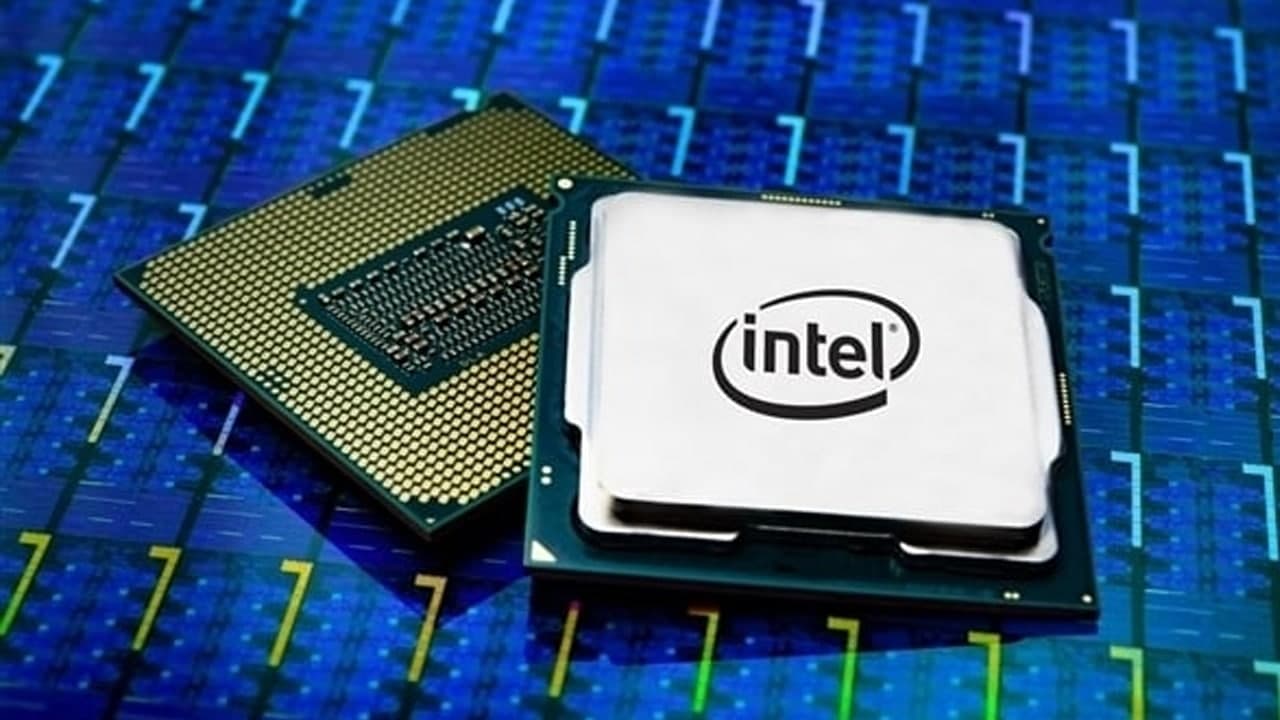According to the latest report, India is lobbying with chipmakers Intel, GlobalFoundries, and TSMC, hoping that they will build semiconductor factories in India. This is also part of the Indian government’s plan to attract more high-tech manufacturing to build factories locally.
Late last year, the Indian government unveiled a $10 billion incentive scheme offering up to 50 percent of project costs to lure display and semiconductor makers to set up bases in India.
Join tip3x on Telegram
This was confirmed by Rajeev Chandrasekhar, India’s Minister of State for Electronics and Information Technology, who said in an interview with the media: “Many of these promotions were personally involved. We are working with the CEOs of these companies to meet, pitch them, and make presentations.”
Analysts said the Indian government’s move also faces difficult challenges. With companies such as TSMC and Samsung Electronics investing tens of billions of dollars each year to expand chip production capacity, stringent requirements are imposed on any region in terms of logistics, water, and energy supply.
 Of course, both companies have indicated that they will consider some government requests. For example, they are building new wafer fabs in the US following an agreement with the local government. In addition to India and the United States, other major economies in the world have also invested heavily in the development of the chip industry.
Of course, both companies have indicated that they will consider some government requests. For example, they are building new wafer fabs in the US following an agreement with the local government. In addition to India and the United States, other major economies in the world have also invested heavily in the development of the chip industry.
In India, a joint venture between billionaire Anil Agarwal’s Vedanta Group and Foxconn has shown interest in setting up a semiconductor foundry in India, but Intel and TSMC have yet to make any commitments. But Chandrasekhar said: “They are all willing to sit down and negotiate. They want to know what incentives they can get besides the land.”
To entice smartphone makers to assemble locally, the Indian government imposes import duties on products made elsewhere and provides financial incentives for local manufacturing. The effort was successful and made India the second largest smartphone manufacturing base in the world. Today, India hopes to replicate this model in chip manufacturing.






